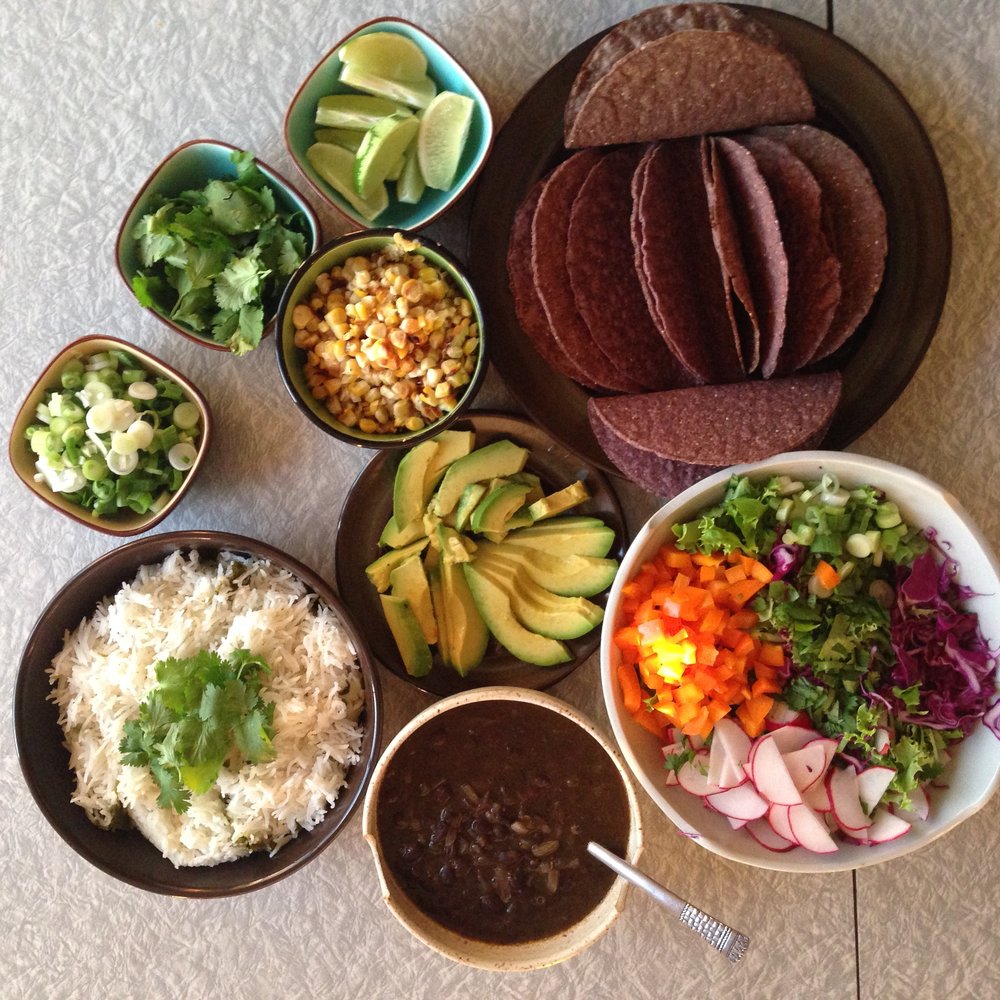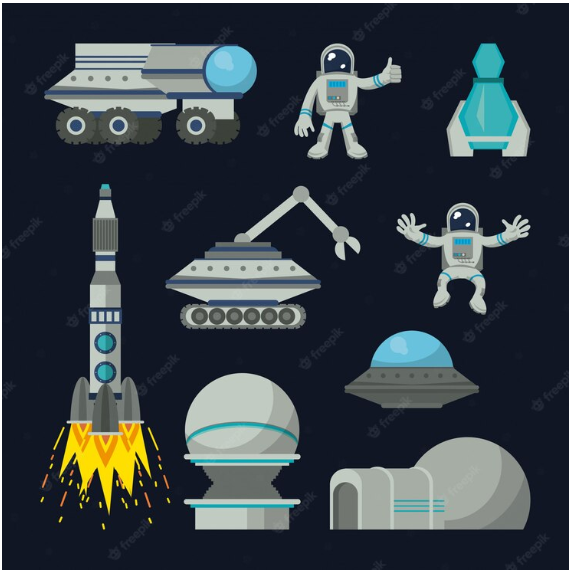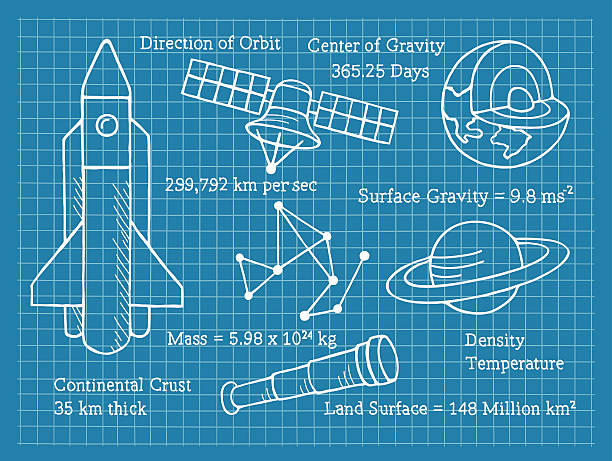Cleaning the steering wheel of your vehicle is an important part of maintaining the overall appearance and condition of your car. Steering wheel cleaners are specialized products that are designed to remove dirt, grime, and other contaminants from the surface of your steering wheel. These cleaners typically come in a liquid or spray form and can be applied directly to the steering wheel.
When using a steering wheel cleaner, be sure to follow the instructions on the product label carefully. It typically involves applying the cleaner to the steering wheel, scrubbing the surface with a soft cloth or sponge, and rinsing the steering wheel with clean water.
Tips for cleaning steering wheels made of different materials:
Leather steering wheels:
- Use a mild soap and water solution to clean the surface of the steering wheel, taking care not to soak the leather.
- Dry the steering wheel thoroughly with a clean cloth to prevent water spots.
- If the steering wheel is particularly dirty, you may need to use a specialty leather cleaner. Follow the instructions on the product label and test it on a small, inconspicuous area before using it on the entire steering wheel.
- After cleaning, you may want to condition the leather to help keep it supple and prevent it from cracking. Use a leather conditioner specifically designed for automotive use.

Plastic steering wheels:
- Use a mild soap and water solution to clean the surface of the steering wheel.
- If the steering wheel is particularly dirty, you may need to use a specialty plastic cleaner. Follow the instructions on the product label and test it on a small, inconspicuous area before using it on the entire steering wheel.
- Avoid using harsh chemicals on plastic steering wheels, as they can cause discoloration or damage.

Rubber steering wheels:
- Use a mild soap and water solution to clean the surface of the steering wheel.
- If the steering wheel is particularly dirty, you may need to use a specialty rubber cleaner. Follow the instructions on the product label and test it on a small, inconspicuous area before using it on the entire steering wheel.
- Avoid using harsh chemicals on rubber steering wheels, as they can cause discoloration or damage.

Wood steering wheels:
- Use a mild soap and water solution to clean the surface of the steering wheel, taking care not to soak the wood.
- Dry the steering wheel thoroughly with a clean cloth to prevent water spots.
- If the steering wheel is particularly dirty, you may need to use a specialty wood cleaner. Follow the instructions on the product label and test it on a small, inconspicuous area before using it on the entire steering wheel.
- After cleaning, you may want to condition the wood to help keep it looking its best. Use a wood conditioner specifically designed for automotive use.

Aluminum steering wheels:
- Use a mild soap and water solution to clean the surface of the steering wheel.
- If the steering wheel is particularly dirty, you may need to use a specialty aluminum cleaner. Follow the instructions on the product label and test it on a small, inconspicuous area before using it on the entire steering wheel.
- Avoid using harsh chemicals on aluminum steering wheels, as they can cause discoloration or damage.

Suede steering wheels:
- Use a soft, clean cloth to remove any visible dirt or debris from the surface of the steering wheel.
- If the steering wheel is particularly dirty, you may need to use a specialty suede cleaner. Follow the instructions on the product label and test it on a small, inconspicuous area before using it on the entire steering wheel.
- Avoid using water on suede steering wheels, as it can cause the material to become stiff and hard to clean.

Regardless of the material, it is important to use a gentle, non-abrasive cleaner and to avoid using harsh chemicals, as these can damage the steering wheel. Be sure to rinse the steering wheel thoroughly with clean water and allow it to air dry completely before using your vehicle.
You can use a commercial steering wheel cleaner instead of soap and water if you prefer. There are many different types of steering wheel cleaners available on the market, and the right one for you will depend on the material of your steering wheel and your specific cleaning needs.
These products are specially formulated to remove dirt and grime from the surface of the steering wheel, and they often contain conditioners to help prevent cracking and fading. Follow the instructions on the product label to use it.
Common types of steering wheel cleaners:
- All-purpose steering wheel cleaners: These cleaners are formulated to work on a variety of steering wheel materials, including leather, plastic, and rubber. They are typically gentle and non-abrasive, making them suitable for regular use.
- Leather steering wheel cleaners: These cleaners are specifically formulated to clean and condition leather steering wheels. They are usually pH-balanced to help preserve the natural oils in the leather, and many contain conditioners to help keep the leather soft and supple.
- Plastic steering wheel cleaners: These cleaners are specially to remove dirt, grime, and other contaminants from plastic steering wheels. They are typically gentle and non-abrasive; some contain UV inhibitors to help protect the plastic from fading or discoloration.
- Rubber steering wheel cleaners: These cleaners are formulated to remove dirt, grime, and other contaminants from rubber steering wheels. They are usually gentle and non-abrasive, and some contain conditioners to help keep the rubber soft and pliable.
- Wood steering wheel cleaners: These cleaners are specifically formulated to clean and condition wood steering wheels. They are usually pH-balanced to help preserve the natural oils in the wood, and many contain conditioners to help keep the wood looking its best.
- Aluminum steering wheel cleaners: These cleaners are designed to remove dirt, grime, and other contaminants from aluminum steering wheels. They are usually gentle and non-abrasive, and some contain polishers to help restore the shine to the aluminum.
- Suede steering wheel cleaners: These cleaners are formulated to remove dirt, grime, and other contaminants from suede steering wheels. They are usually gentle and non-abrasive, and some contain conditioners to help keep the suede soft and supple.












































